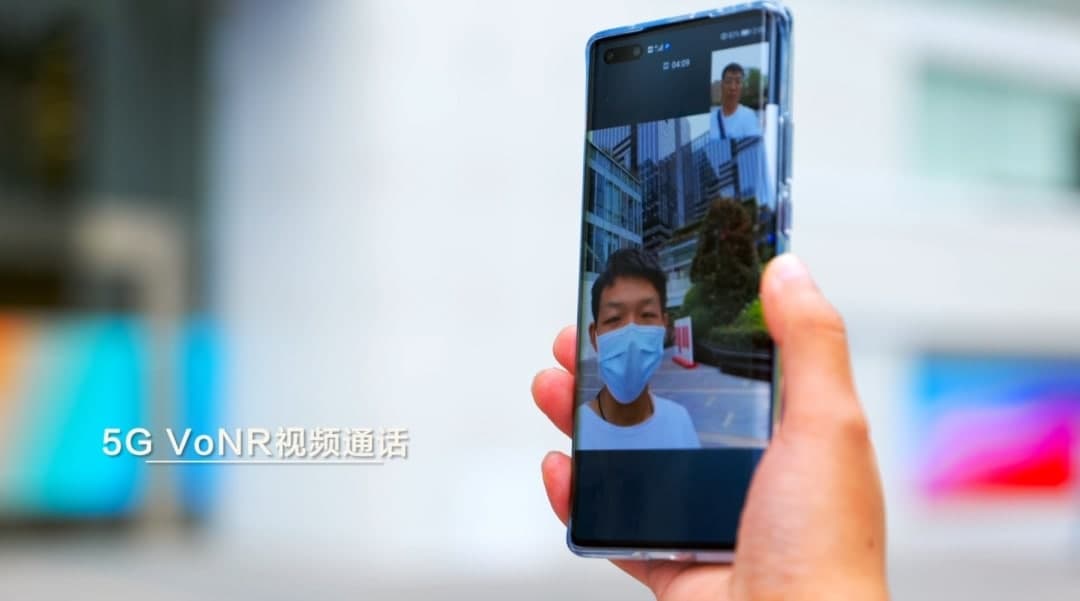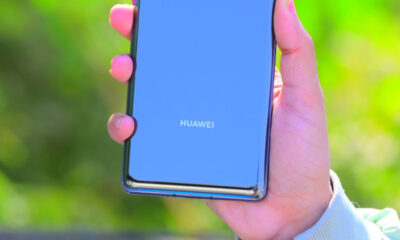News
5G deployment in 68 Countries: 90% choose mid-frequency band and rest millimeter wave: Huawei

Recently, at Pujiang Innovation Forum, Eric Xu, Huawei‘s rotating chairman said 5G is the top necessary development that industries need to make, and it’s very important for them to develop technologies around it.
Since the beginning of the 5G standard, there has been a lot of discussion among the industry leaders on whether 5G should be deployed on IF or millimeter-wave.
Xu also mentioned that in 2017, when the first 5G standard was released, China’s mobile communication industry’s IF 5G solution began to overcome certain issues and become more mature through the understanding of spectrum and technology.
IF continuous large-bandwidth spectrum is the general guarantee for 5G network establishment. The scenarios for 5G deployment in the millimeter-wave spectrum are still not mature enough.
On this matter, the Ministry of Industry and Information Technology of China issued a 5G spectrum policy in a timely manner, issued a 5G license, selected intermediate frequency as the 5G spectrum, and designated 620 spectrum resources. On the other hand, the U.S. chose millimeter wave as the 5G spectrum.
Huawei’s rotating chairman also revealed some figures of the current 5G commercialization and its adaptation around the globe. According to Xu, around 162 operators in 68 countries have deployed 5G for commercial use, 90% of which have chosen a mid-frequency band for deployment.
At the same time, around 5 countries have chosen millimeter waves, which don’t have matching scenarios for large-scale deployment until the technology meets a certain amount of standards.







